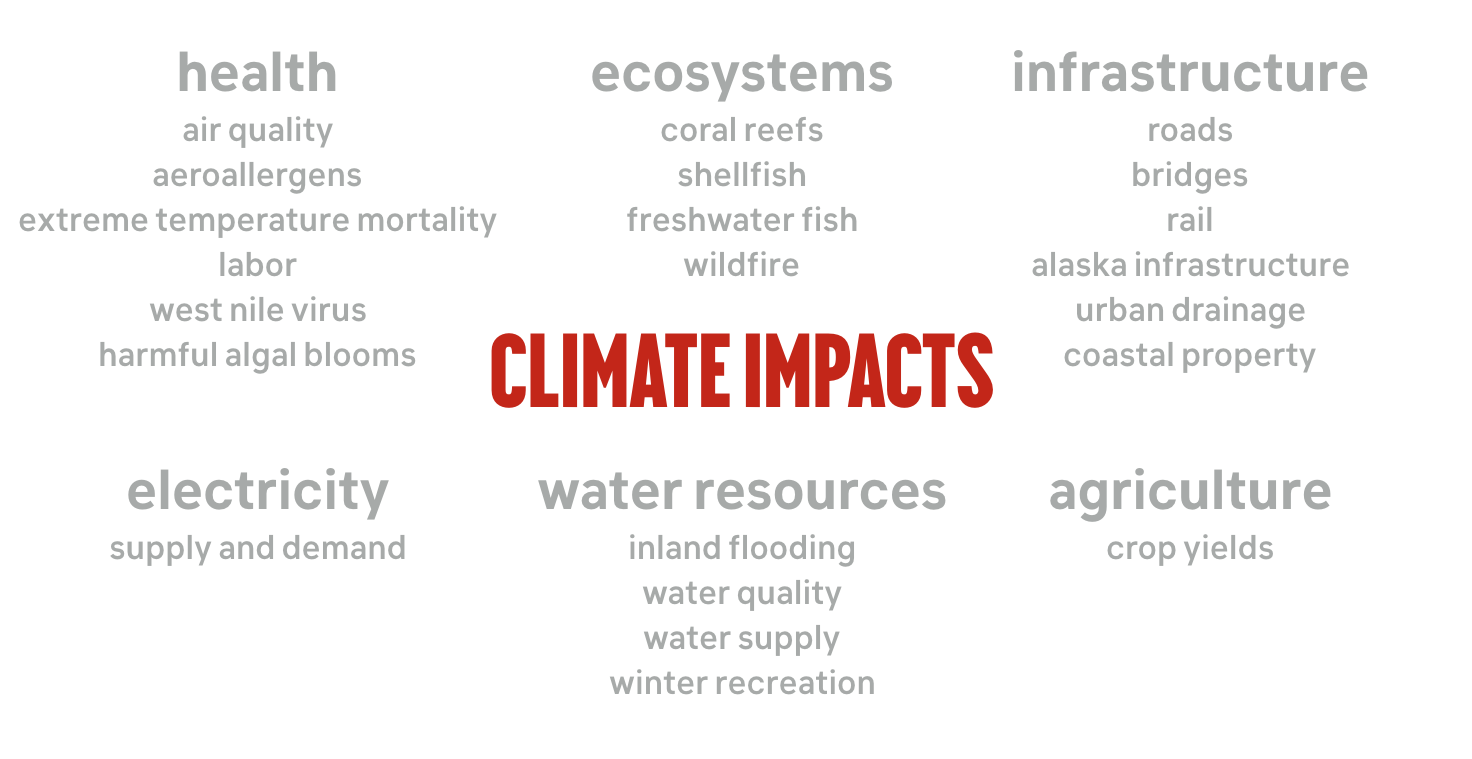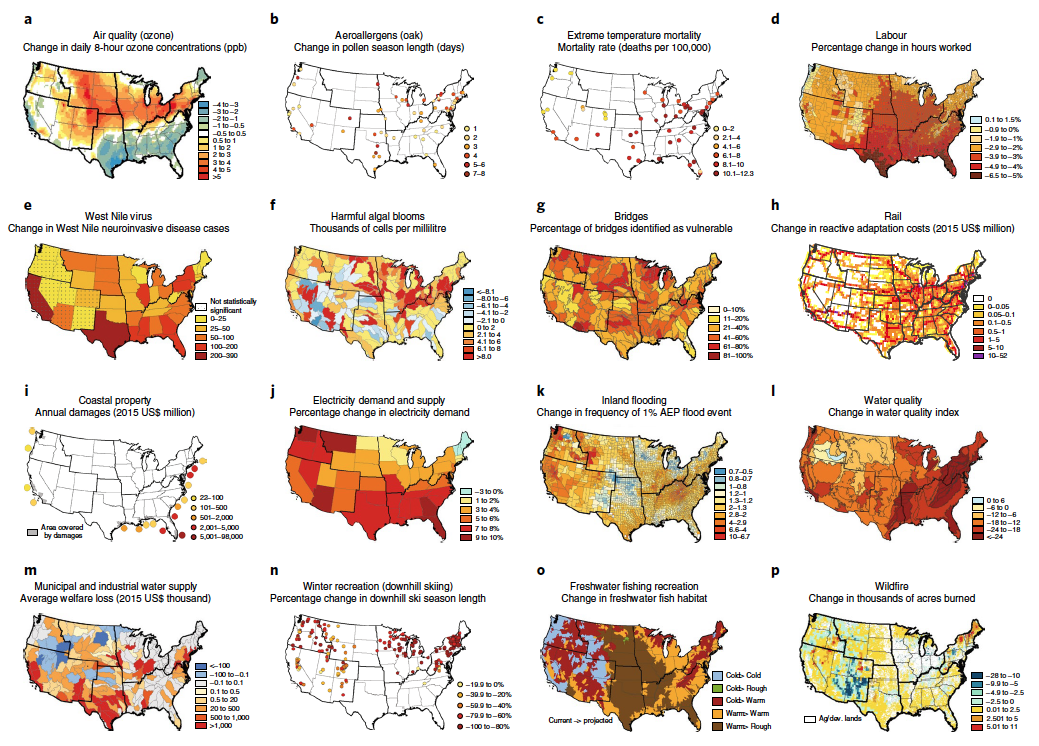This article was originally posted in April 2019. It has been re-posted here following a server issue in which the original post was accidentally removed.
After October 2018, the global perspective on climate change started to shift.
It was at this time that the Intergovernmental Panel on Climate Change (IPCC) – a body of experts dedicated to assessing the latest climate research – published a special report that warned of our urgent situation. They stated that we have until just 2030 to drastically reduce our global carbon emissions – by nearly 50% – to avoid catastrophic damage from warming that would exceed the Paris Agreement goal of 1.5°C by 2100. Half a degree Celsius more warming could mean permanently destroyed ecosystems and hundreds of millions of lives in immediate danger. As our current policies stand, we’re on track to reach 3.3°C of warming by 2100. Meantime, many vulnerable communities around the world are already profoundly suffering from the consequences of global temperatures hovering around just 1°C above pre-industrial times.

On November 23rd, 2018 – about a month after the IPCC report was published, and a day after Thanksgiving – the Trump Administration released the Congress-mandated Fourth National Climate Assessment (NCA4), written by researchers from U.S. federal agencies, to outline climate-driven risks for the country in the next century. Region by region, they predicted how our environments and infrastructures will become increasingly vulnerable to more severe and compounding climate impacts – such as extreme weather, drought, loss of ecosystems, and much more. One of the key sections of this report – Chapter 29 – summarizes our options for mitigation, and states that if we fail to take drastic action, we could expect “substantial [and likely irreversible] damages on the U.S. economy, human health, and the environment,” with annual losses growing to hundreds of billions of dollars by 2100.
Some fear that the scale of effort deemed necessary to avoid this global catastrophe will devastate our economy, which currently relies heavily on industries that contribute to the majority of emissions (such as fossil fuels, transportation, and agriculture). However, it is just about impossible to estimate with any certainty how much it will actually cost to mitigate climate change, and no solutions have yet been demonstrated on a global scale. In a new study published last month in Nature Climate Change, two of the U.S. EPA scientists who contributed to the NCA4 report, Jeremy Martinich and Allison Crimmins, asked an alternative question: how much will it cost if we do not take any action at all?
Impact models: uncertainty and intrigue
Martinich and Crimmins used ten climate models (also known as general circulation models, or GCMs) from the IPCC’s Coupled Model Intercomparison Project 5 (CMIP5), running two emissions scenarios called RCP8.5 and RCP4.5 (representative concentration pathways), to model how the climate would look if we took very little action to reduce our carbon emissions (RCP8.5), or if we took substantial action (RCP4.5).
Because GCMs resolve climate conditions once every 60 to 90 miles, they downscaled the results using statistical methods to assess what the climate would look like in each region of the contiguous U.S. Results from the GCMs (such as temperatures and weather conditions) were applied to 22 socioeconomic impact models – observation-driven simulations of climate-induced changes to health, infrastructure, and ecosystem conditions that could impact our economy (not to mention life as we know it).
The models were developed under the Climate Change Impacts and Risk Analysis (CIRA) project from a number of published studies that aimed to reproduce patterns and behavior of biological, physical, and technological systems. How will electricity demand change in a warmer climate? How will coastal property suffer under more devastating extreme weather and sea level rise? What will coral reefs look like if they still exist? These are what impact models are designed to answer. The authors note that there are still significant constraints and uncertainties to these models, and many climate impacts have not yet been included in this type of analysis. Just like GCMs, impact models could benefit from more research. But while the uncertainties of this analysis must be acknowledged, the goal is intriguing nonetheless – combined, these models can help describe the complex, small-scale damage climate change is capable of causing, allowing us a glimpse into a world that looks very different from anything we have ever seen before.
What is the cost of climate change?

In Figure 2, sixteen climate impacts from the study are shown for RCP8.5 in the year 2090. The most striking result is that no region of the contiguous U.S. is left untouched by climate change, and many regions experience compounding impacts.
The results stand in contrast to a 2017 climate study that performed a similar regional analysis of the U.S., which showed severe negative impacts across the South while the Pacific Northwest and Northeast saw weaker impacts (or even benefits). The analysis in the present study, which was much more comprehensive, saw no potential for benefits anywhere. For example, the current model results showed that the Northeast saw degraded air quality, extended pollen seasons, and extreme heat waves, potentially all at once. The Northwest saw a rise in electricity demand and increased flood vulnerability.
The story was much different in the emissions scenario RCP4.5, for which we would take substantial action to reduce carbon emissions. In this scenario, models predicted that by 2090, we could avoid anywhere from millions to tens of billions of dollars annually as compared to the RCP8.5 scenario, depending on the impact. The most significant avoided impacts under RCP4.5 included extreme heat death, labour accessibility, and damages to coastal property and roads.
Envisioning a better world
What I like most about this study is that it gives us the tools to grasp the all-encompassing nature of climate change. It enables us to become more aware of the inevitable uncertainty and insidious effects of climate change, but also of our ability to adapt. It might be easier to envision what climate adaptation and mitigation could look like if we were more present in the reality of the crisis. Although this study (as well as the NCA4 report) came out of our own federal government, current U.S. policies do not reflect the urgency with which the results were written. To take meaningful action on climate change, it is the hope that research like this can be used to inform policy decisions to change the course of our future.
I’m a PhD student at the University of Rhode Island’s Graduate School of Oceanography. I use a small-scale computer model to study how physical features like surface waves at the air-sea interface produce friction for the wind that can limit momentum, energy, gas, and heat exchange between the ocean and atmosphere. In the future, I hope to learn more about the role waves play in different parts of the world as weather and climate patterns evolve. Also, I love to write.



